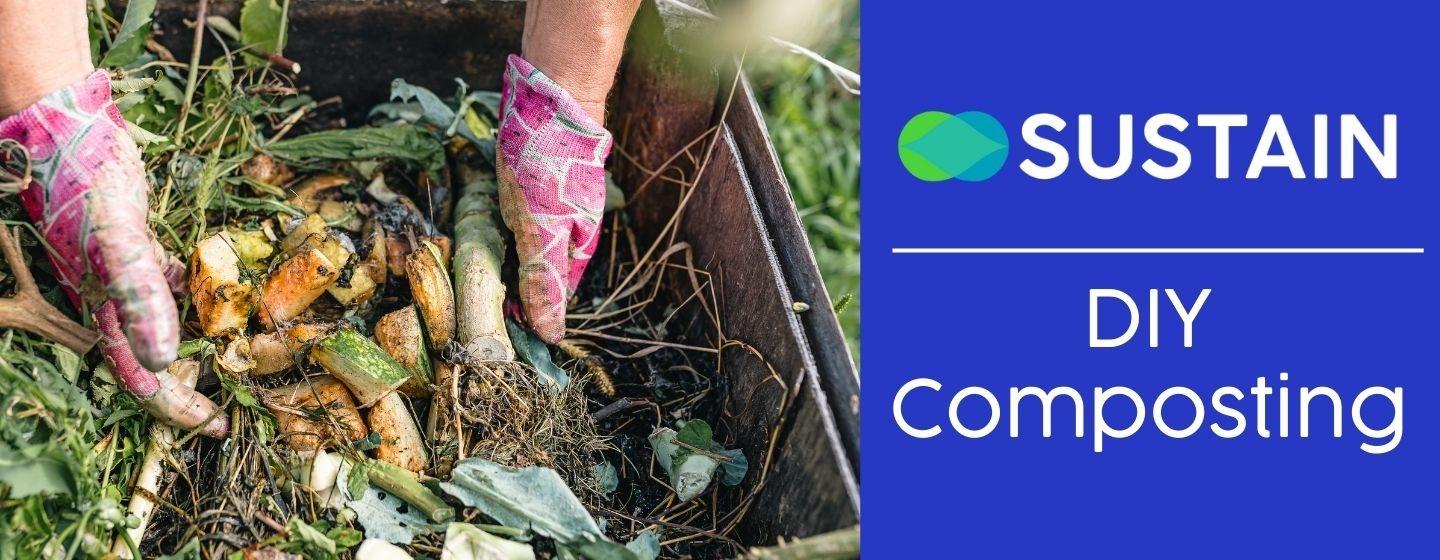DIY Composting



Composting can be overwhelming. Scraps. Bugs. Smells. Inside or outside? Expensive equipment. So much to consider.
But it’s also one of the most rewarding sustainability practices. Composting is not only a fantastic way to reduce landfill mass and greenhouse gases, but it also brings you closer to nature. Let's reframe composting into a learning experience and focus on a few easy ways to dig in. No mistakes, just learnings!
By composting, you significantly reduce the amount of waste that ends up in landfills. This reduction is crucial because organic waste in landfills decomposes anaerobically, producing methane—a potent greenhouse gas. You also produce compost – a fantastic addition to healthy gardens and lawns.
The first step in your composting journey is collecting the right kinds of scraps. Here's a handy list of what you can and can't compost:
If you're not ready to commit to a full composting setup, you can still contribute! Many local community gardens and composting programs accept food scraps. This way, you can help reduce waste and support local green initiatives while deciding if a home composting project is right for you.
A great first step is to search online for “composting drop-offs near me”. Here are a few organizations in West Central Florida that offer food scrap collection services:
Ready to take the plunge and start composting at home? Here’s how you can build your own compost bin:
If building a compost bin isn’t your style, you can always buy a pre-made one. Your local city goverment may offer ones for free. There are many excellent compost bins available that are designed for easy use and efficient composting. Look for one that suits your space and needs, whether it's a small tumbler for an apartment balcony or a larger bin for a backyard garden.
Composting is a simple and effective way to make a positive impact on the environment. Whether you build your own compost bin, buy one, or drop off your scraps at a local garden, every bit helps reduce waste and greenhouse gases. Plus, you'll be rewarded with rich compost that will make your garden thrive. No mistakes, just learnings.
Happy composting! 🌱🌿🌍
Did you learn something new? Please take a moment to answer this short survey.